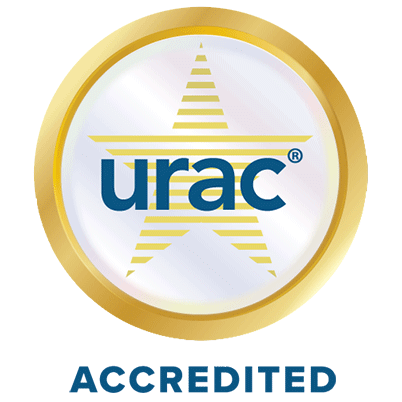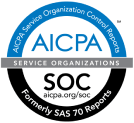The FDA approved Journavx (suzetrigine) 50 milligram oral tablets, a first-in-class non-opioid analgesic, to treat moderate to severe acute pain in adults.
Journavx reduces pain by targeting a pain-signaling pathway involving sodium channels in the peripheral nervous system, before pain signals reach the brain. Journavx is the first drug to be approved in this new class of pain management medicines.
The efficacy of Journavx was evaluated in two randomized, double-blind, placebo- and active-controlled trials of acute surgical pain, one following abdominoplasty and the other following bunionectomy.
The most common adverse reactions in study participants who received Journavx were itching, muscle spasms, increased blood level of creatine phosphokinase, and rash. Journavx is contraindicated for concomitant use with strong CYP3A inhibitors. Additionally, patients should avoid food or drink containing grapefruit when taking Journavx.
According to the drug label, a starting dose 100 mg of Journavx should be taken on an empty stomach at least 1 hours before or 2 hours after food, followed 12 hours later with 50 mg.
Journavx should be used for the shortest duration, consistent with individual patient treatment goals. Use of Journavx has not been studied beyond 14 days.
At this time, Journavx does not pose the same level of safety concerns as opioids, indicating that it could see significant utilization in workers’ comp populations as a safer alternative.
However, as a new medication and the first of its class, Journavx will come at a higher cost than other available pain medications.
Healthesystems VP of Clinical Services, Silvia Sacalis, BS, PharmD, recently spoke with Business Insurance about this new drug, commenting that “The drug itself does not pose the same level of safety concerns that opioids do (and) it’s going to have significant utilization in workers comp because it is a safer alternative.”
However, Dr. Sacalis cautioned that it “remains to be seen” how the drug will work when taking into account comorbidities common in workers comp, drug interactions with other drugs patients may be taking, and other unknown side effects that could emerge as more people are prescribed the drug.
Additionally, Dr. Sacalis noted that “That the drug is limited to acute pain for two weeks or less could keep the claim costs from increasing dramatically.”
For ongoing coverage of the latest drug approvals and alerts impacting workers’ comp, visit Med Monitor online.






